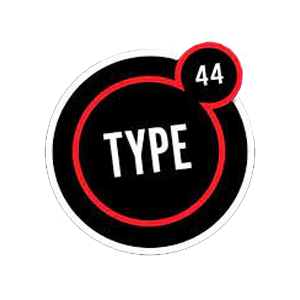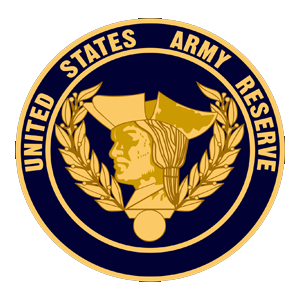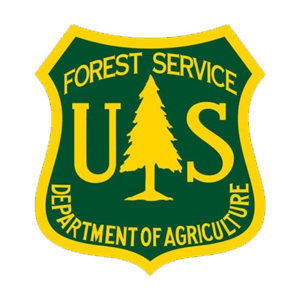Menu
BLOG ARTICLES
You Have Chosen to Endeavor—Now What?
By: Jaala A. Thibault, 2013 ETC Finisher and 2014 Competitor

Making the decision to participate in the 2014 Endeavor Team Challenge is the first step towards experiencing a great adventure in your life. If you have signed up, congratulations! Right now there are three important things that you can do to prepare:
- Practice skills
Training all the skills that the Endeavor Team Challenge will test, at the same time, could be a bit overwhelming. Breaking up your skill practice into smaller chunks, starting with the skills you are weakest at so that you have more time to get the hang of them, is a much more manageable task. Right now you have plenty of time to dial in the things that make you most nervous.
Because my partner and I are not strong at orienteering, we will take some time to read up on it, do some work in the woods, and take a class or two. Eventually we’d like to summit Mt. Whitney off-trail to put our orienteering skills to the test.
In preparing for the first Endeavor Team Challenge, I read, “Be an Expert with Map and Compass: The Complete Orienteering Handbook (3rd Ed.)” By: Björn Kjelsström. This is not just a book; it is a “how to” guide that contains actual practice exercises. Working through this book gave my team the skills we needed to complete both of the orienteering courses expeditiously in 2013.
Besides using the book, my partner and I took a beginner map and compass course at REI. Though the course was a bit pedestrian, it reminded us of some of the most basic, but important skills we needed when orienteering. REI also offers an advanced orienteering class that may be a better choice for most Endeavor competitors.
- Train your stomach
No, I don’t mean do a bunch of abdominal exercises (though it couldn’t hurt!). I mean, eat!
Fueling will be an immensely important part of your race, so start figuring out what agrees with you and what does not.

Experimenting with different foods before and after training sessions is a good place to start. No matter how you are training now (whether it is weight training, long runs, short swims, climbs, etc.), it will help to take note of what you are eating before training sessions, how it makes you feel, and what you are eating after training sessions and how it helps you recover.
Through experience, I know that eating any kind of protein-rich food (bars, shakes, etc.) before a short training session (1-2 hours) makes me feel heavy and slow. I know that eating a simple carbohydrate like a banana or applesauce gives me energy that I can use immediately. When I am on long hikes (3-6 hours), however, I like eating meatballs and other foods filled with protein because I know my body will metabolize that food over many hours.
Everyone’s stomach is different, everyone processes energy differently, so becoming familiar with what works for you personally is important.
- Make a training plan with intermediate goals
Take the time to set up a training plan where you are easing in to long hikes, longer training days, and more difficult skill sessions. Ten months is plenty of time to get conditioned for the race, but leaving all intense training for the last month before the competition won’t help much.
Here is what my team’s loose training plan looks like:
6-10 months out:
Goals: Get stronger, faster, and more skilled at orienteering; participate in CrossFit Games Open
Training: Strength, CrossFit, short weighted hikes, orienteering
3-5 months out:
Goals: Maintain strength, work on metabolic conditioning and working at a higher energy output over longer periods of time; compete in half marathon
Training: Strength, longer metabolic conditioning, running and biking intervals, swimming and climbing
1-2 months out:
Goals: Maintain strength, increase lactate threshold to simulate affects of altitude; Summit Mount Whitney
Training: Long, weighted hikes, overnight trips, night orienteering, water sports, tying knots
Though this is a loose training plan, my team has an idea in our minds of where we are starting, what we need to work on, and where we will end up right before the race.
We are five months away from the start of a great adventure. Get organized, get strong, get outside and have some fun!
Jaala and her partner finished 9th overall in the inaugural Endeavor Team Challenge. Her athletic background includes a lifetime of competing and coaching; she grew up swimming and running competitively, and playing in her “backyards;” the Olympic and Cascade Mountains. She has coached swimming most of her adult life, starting at the club level then assisting at the University of New Mexico and eventually coaching at the Sichuan Institute of Sport in Chengdu, China. Now, Jaala competes in, and coaches CrossFit in Ventura, California. Outside of sports, Jaala is an English Professor at University of California Santa Barbara and a freelance writer.











